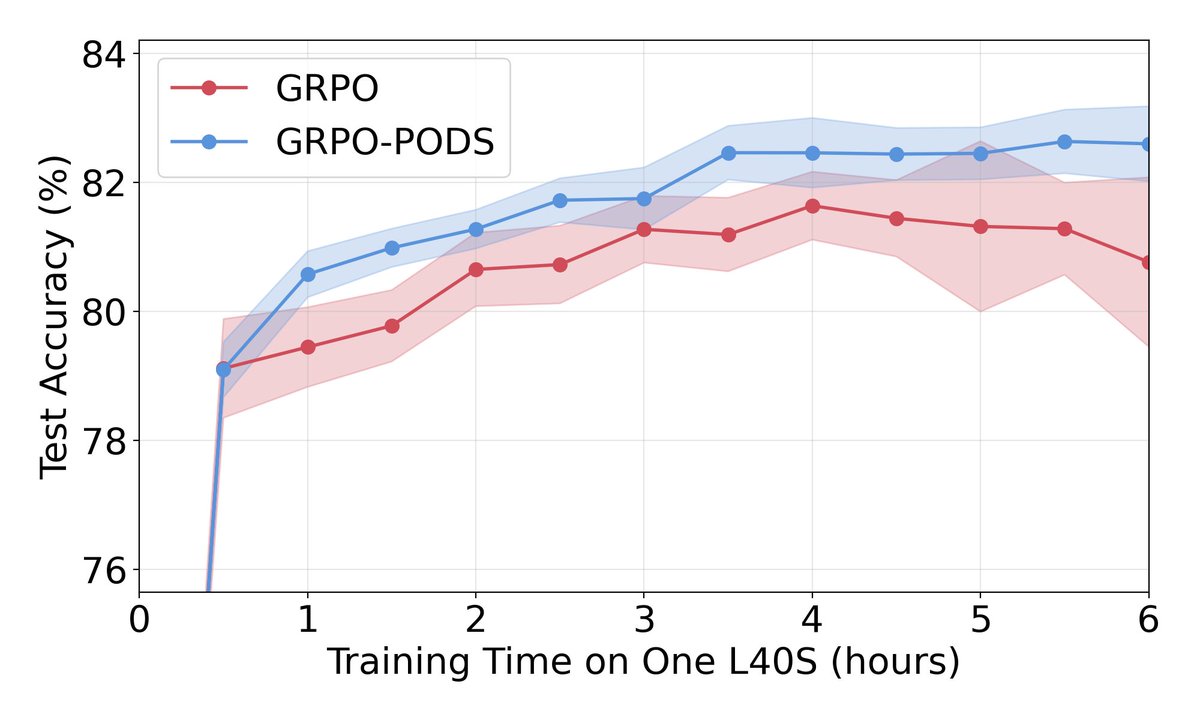
Kevin Li
@kevinyli_
phd @mldcmu
undergrad @georgiatech
ID: 1452403988096188418
24-10-2021 22:38:03
126 Tweet
504 Takipçi
165 Takip Edilen






Excited to share our work with my amazing collaborators, Goodeat, Xingjian Bai, Zico Kolter, and Kaiming. In a word, we show an “identity learning” approach for generative modeling, by relating the instantaneous/average velocity in an identity. The resulting model,


























